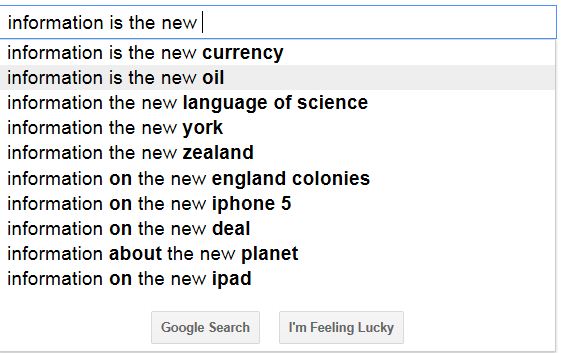
This is the time of year when we like to make predictions about the upcoming year. Although I am optimistic about the potential of predictive analytics in the era of big data, I am also realistic about the nature of predictability regardless of how much data is used. For example, in








